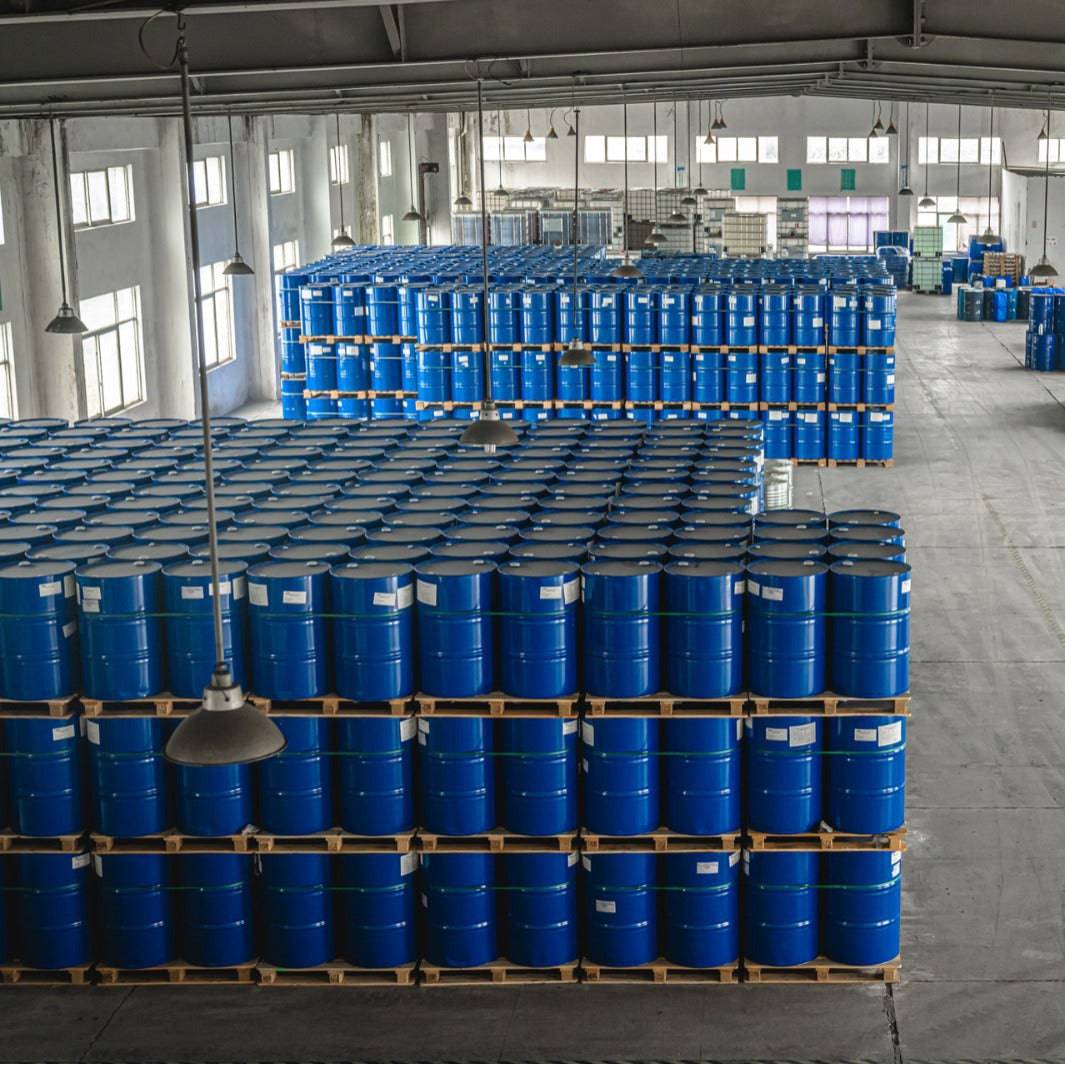4 Simple Techniques For Chemie
4 Simple Techniques For Chemie
Blog Article
The Buzz on Chemie
Table of ContentsTop Guidelines Of ChemieThe Ultimate Guide To ChemieA Biased View of ChemieThe Ultimate Guide To ChemieThe Only Guide for ChemieThe Single Strategy To Use For Chemie
By Bojanna Shantheyanda, Sreya Dutta, Kevin Coscia and David SchiemerDynalene, Inc. Liquid cooling, which can be accomplished using indirect or straight means, is used in electronic devices applications having thermal power thickness that might surpass risk-free dissipation via air cooling. Indirect liquid cooling is where warmth dissipating digital elements are physically divided from the liquid coolant, whereas in situation of direct cooling, the elements are in straight contact with the coolant.In indirect cooling applications the electric conductivity can be vital if there are leaks and/or splilling of the fluids onto the electronics. In the indirect cooling applications where water based fluids with deterioration preventions are usually made use of, the electrical conductivity of the liquid coolant primarily depends upon the ion focus in the fluid stream.
The boost in the ion focus in a closed loop fluid stream might occur because of ion leaching from steels and nonmetal elements that the coolant fluid touches with. Throughout operation, the electrical conductivity of the liquid may boost to a level which can be unsafe for the air conditioning system.
The Best Strategy To Use For Chemie
(https://www.magcloud.com/user/chemie999)They are grain like polymers that can exchanging ions with ions in an option that it is in contact with. In today work, ion leaching tests were carried out with numerous metals and polymers in both ultrapure deionized (DI) water, i.e. water which is treated to the highest degrees of pureness, and low electric conductive ethylene glycol/water blend, with the determined modification in conductivity reported with time.
The samples were allowed to equilibrate at area temperature for 2 days before videotaping the first electrical conductivity. In all tests reported in this research fluid electric conductivity was determined to a precision of 1% making use of an Oakton CON 510/CON 6 collection meter which was calibrated before each dimension.
Getting My Chemie To Work
from the wall home heating coils to the facility of the furnace. The PTFE sample containers were positioned in the heater when constant state temperature levels were gotten to. The examination configuration was gotten rid of from the heater every 168 hours (7 days), cooled down to space temperature with the electrical conductivity of the fluid measured.
The electric conductivity of the fluid example was checked for an overall of 5000 hours (208 days). Figure 2. Schematic of the indirect shut loophole cooling down experiment set up - therminol & dowtherm alternative. Table 1. Parts made use of in the indirect shut loop cooling down experiment that touch with the fluid coolant. A schematic of the experimental arrangement is received Number 2.

7 Simple Techniques For Chemie
The modification in fluid electrical conductivity was kept an eye on for 136 hours. The liquid from the system was accumulated and saved.

0.1 g of Dowex resin was added to 100g of fluid samples that was absorbed a different container. The combination was mixed and change in the electric conductivity at area temperature level was gauged every hour. The measured modification in the electrical conductivity of the UP-H2O and EG-LC examination fluids having polymer or metal when engaged for 5,000 hours at 80C is revealed Figure 3.
A Biased View of Chemie
Figure 3. Ion leaching experiment: Calculated adjustment in electrical conductivity of water and EG-LC coolants containing either polymer or steel samples when immersed for 5,000 hours at 80C. The results show that steels contributed fewer ions right into the fluids than plastics in both UP-H2O and EG-LC based coolants. This can be as a result of a slim steel oxide layer which may act as a barrier to ion leaching and cationic diffusion.
Fluids including polypropylene and HDPE showed the most affordable electric conductivity changes. This might be as a result of the short, stiff, straight chains which are less most likely to add ions than longer branched chains with weaker intermolecular forces. Silicone additionally did well in both examination fluids, as polysiloxanes are normally chemically inert due to the high bond energy of the silicon-oxygen bond which would certainly prevent deterioration of the material into the liquid.
Some Known Details About Chemie
It would certainly be expected that PVC would certainly create similar outcomes to those of PTFE and HDPE based upon the similar chemical structures of the materials, however there might be other impurities existing in the PVC, such as plasticizers, that might impact the electric conductivity of the fluid - silicone synthetic oil. Additionally, chloride teams in PVC can also leach right into the examination fluid and can create an increase in electric conductivity
Polyurethane completely disintegrated into the examination fluid by the end of 5000 hour visit the website test. Before and after pictures of metal and polymer examples immersed for 5,000 hours at 80C in the ion leaching experiment.
Calculated adjustment in the electric conductivity of UP-H2O coolant as a function of time with and without material cartridge in the shut indirect cooling loop experiment. The determined modification in electric conductivity of the UP-H2O for 136 hours with and without ion exchange material in the loophole is displayed in Figure 5.
Report this page